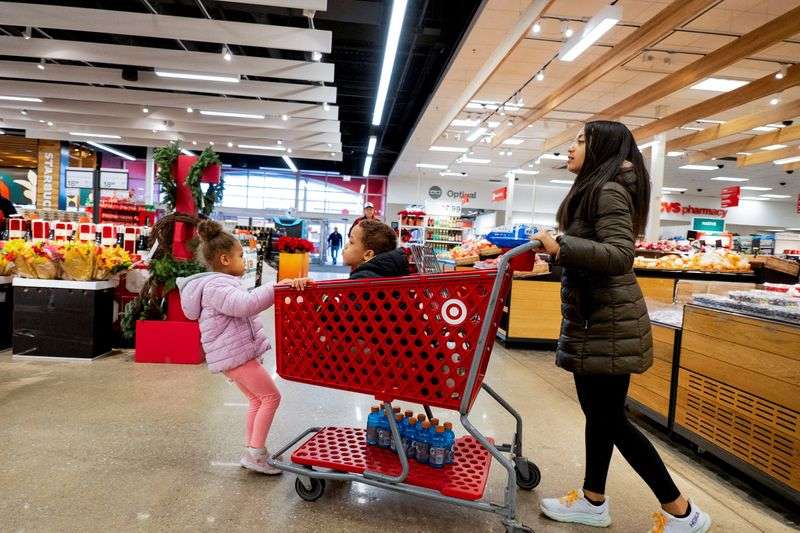Supply Chain Snags for U.S. Retail Giant
In a recent development, Target, a major player in the U.S. retail sector, is reportedly grappling with disruptions in its supply chain. This interruption stems primarily from the ongoing crisis in the Red Sea, impacting shipments from key manufacturing hubs in India and Pakistan. According to a source privy to the matter, these regions are pivotal for Target’s apparel supply, and the disturbances are currently deemed minor in scale.
Navigating through Shipping Challenges
The crisis in the Red Sea, primarily due to attacks by the Iran-backed Houthi militia, has led to a significant shift in global shipping routes. As a consequence, transit times have increased by 10 to 15 days, forcing ships to opt for longer and safer paths around southern Africa. This has inevitably caused delays in Target’s shipment receipts. The company is actively engaging with shipping partners to explore alternative routes, including bypassing the Suez Canal, to mitigate these delays. Jennifer Kron, a Target spokesperson, emphasized the retailer’s diverse global production and transportation partnerships, expressing confidence in maintaining product availability for customers.
Broader Impact on Retail and Automotive Sectors
This supply chain disruption is not unique to Target; it resonates across the retail sector. Various retailers are reportedly stockpiling goods and considering alternative transportation modes, such as air or rail freight, to prevent inventory shortages. The automotive industry is also feeling the pinch, with companies like Tesla and Volvo Car temporarily halting some European production lines due to component shortages. Notably, Target is currently not exploring the air freight option, a strategy it adopted during the pandemic.
Target’s Global Supply Landscape
Target sources a diverse range of products including garments, plastics, toys, and bath items from India and Pakistan. While these countries are crucial in the retailer’s supply chain, most of its products are imported from China, following a direct route across the Pacific to the U.S. West Coast ports. This route remains unaffected by the Middle Eastern disruptions. Furthermore, the retailer has not observed any significant impact on its spring merchandise availability, maintaining its operational resilience amid the crisis.
